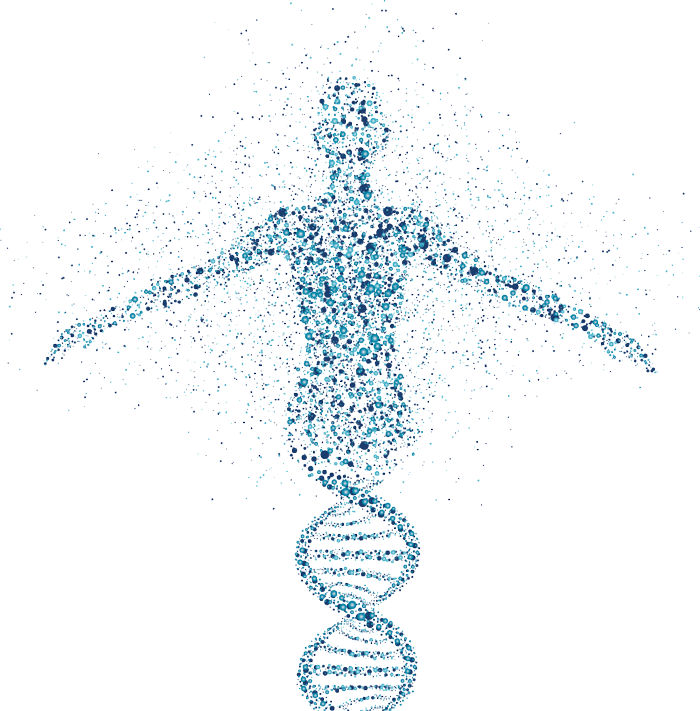- Home
- Testing
- Our Methods
- Whole Genome Sequencing
MNGenome®
Whole genome sequencing is a novel diagnostic tool used to identify deep intronic regions with known pathogenic variants by sequencing the entire human genome. Approximately 10% of known pathogenic disease causing variants are outside the exon boundaries, which are undetected using whole exome sequencing (WES)1,2. The MNGenome can detect all nuclear sequencing variants and missing or duplicated genetic information from small indels to large copy number variations. In addition, MNG completely assess the mitochondrial genome for any changes in sequencing, depletion, deletion, and heteroplasmy. The novel aspect of the MNGenome® has the ability to detect repeat expansions across all known pathogenic loci. It provides a comprehensive approach to a diagnosis of genetic disorders and can assist in ending a patients’ diagnostic odyssey.
The MNGenome can be used if other methods such as WES and chromosomal microarray failed to provide diagnostic or prognostic insight into a patient’s condition, or suggest a therapeutic approach. Whole genome sequencing will increase the probability of a correct diagnosis and suitable treatment options.
MNG prefers that MNGenome samples are sent as trios to allow for better variant classification and actionable reports, but we do accept proband only testing.
Methodology and Technology of the MNGenome includes:
- >99% of mappable regions of the genome are sequenced at >30X coverage
- Pathogenic SNV detection across the entire genome
- Mitochondrial sequencing, depletion, and deletion analysis with heteroplasmy assessment
- Single nucleotide resolution copy number analysis with junction identification
- Uniparental disomy detection
- Repeat expansion screening with confirmation by alternative technology where applicable
- Turnaround time of 6-8 weeks

- MNG Laboratories internal study. Variants outside of Whole Exome Sequencing capture.
- Meienberg J, Bruggmann R, Oexle K, Matyas G. Clinical sequencing: is WGS the better WES? Human Genetics. 2016;135(3):359-362. doi:10.1007/s00439-015-1631-9.

